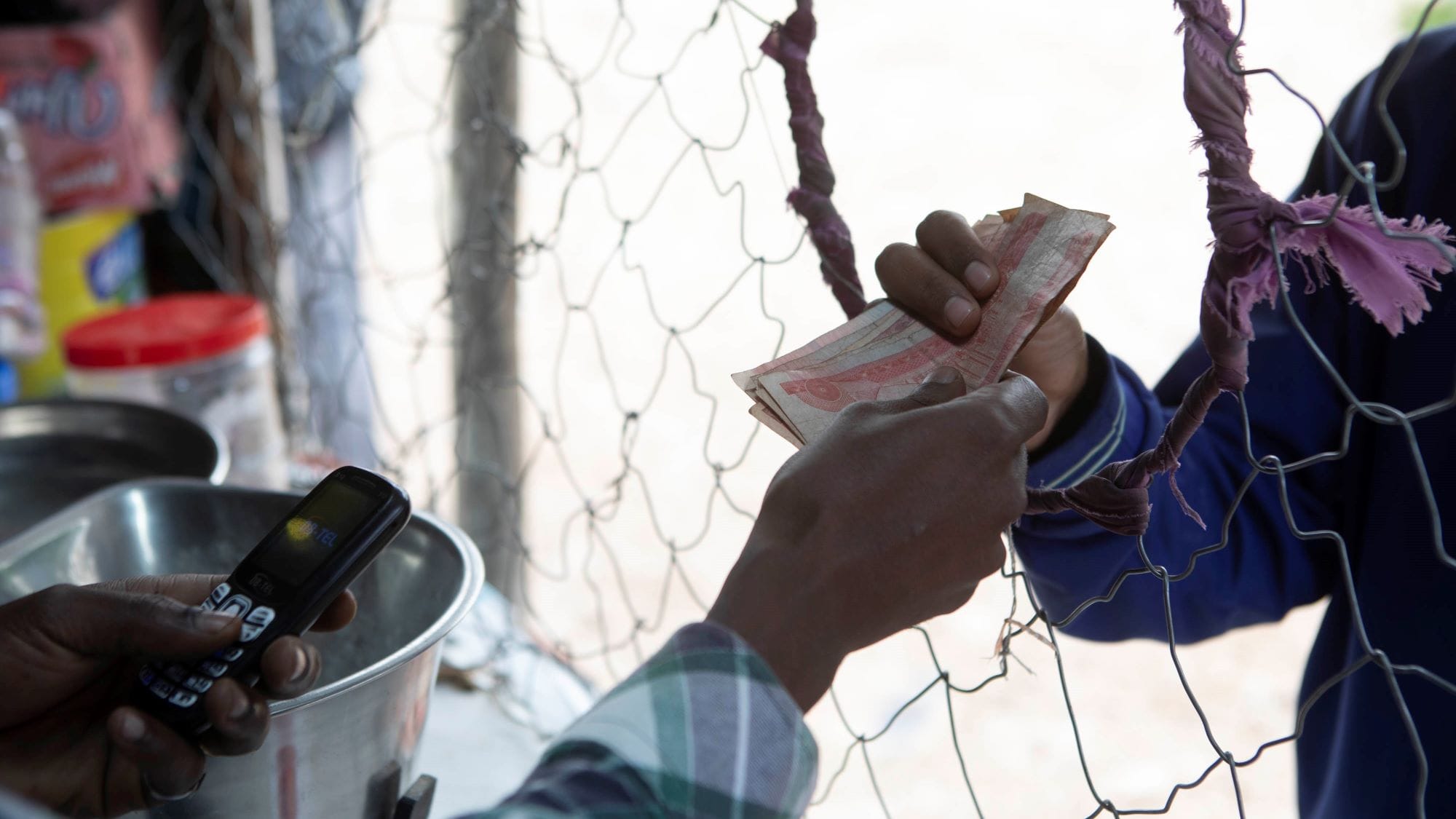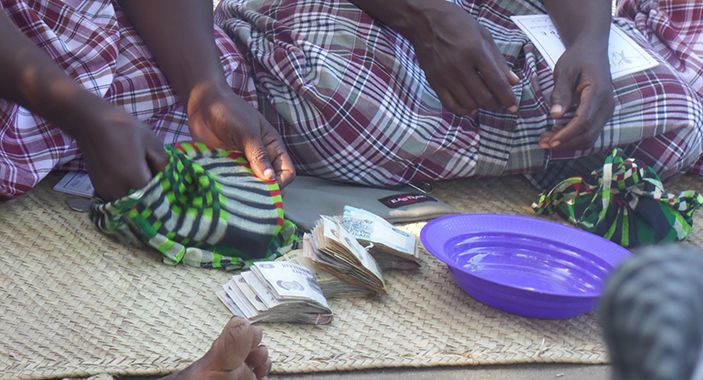In recent years, lower- and middle-income countries have borne the brunt of the global refugee crisis, currently hosting more than 80 percent of the world’s refugees. But some host countries, like Jordan, are taking important steps to seize what opportunities they can in this situation, supporting refugee self-reliance and at the same time boosting their own economy by issuing work permits to refugees and connecting multinational companies to business opportunities with local firms and displaced people.
Blessed with a supportive government, preferential access to U.S. and E.U. markets, and strong investment incentives, Jordan provides opportunities for businesses to make investments or improve their sourcing, while at the same time creating jobs for refugees. But this model has not been without its challenges. What can we learn from Jordan’s experience, and where can we go from here?
The Scale of the Problem
Part of Jordan’s challenge is the sheer scale and rapidity of the human influx: more than 1.5 million refugees and displaced persons—both registered and unregistered—in roughly the past seven years.
A report by Jordan’s Ministry of Planning and International Cooperation (MOPIC) estimates that the country has borne an additional $6.6 billion in direct costs—for health care, education, transport, and municipal services—since the beginning of the Syrian refugee crisis in 2011.
Take health care, for example: MOPIC documented a 30 percent increase in hospital and health center occupancy nationwide, resulting in a 24 percent shortfall in the availability of hospital beds.
As His Majesty King Abdallah II has noted, even those people who might one day return are expected to remain, on average, 17 years in the country, which means Jordan’s response to this crisis is not a stop-gap measure; today’s policy choices are, for all intents and purposes, setting Jordan’s development agenda for the foreseeable future.

Finding Opportunity in Adversity
Jordan has worked to transform the Syrian refugee crisis into an economic opportunity for all residents of Jordan—an effort that, many observers agree, has had mixed success.
Much of what we define as the Syria response in Jordan, particularly insofar as it has been supported by the international donor community, has been driven by the so-called Jordan Compact. The Compact details specific macroeconomic interventions meant to stimulate growth in the Jordanian economy, creating jobs for Jordanian communities and for the hundreds of thousands of displaced Syrians they host.
Key among these macroeconomic interventions is a 10-year trade regime that relaxes so-called “rules of origin” requirements for Jordanian exporters to the European Union. To take advantage of the scheme, though, Jordanian exporters must prove that 15 percent of their workforce is Syrian—a number which was originally planned to increase to 25 percent after the first two years of the Compact’s implementation.
And here we get to the mixed results. Although the Jordanian government has issued tens of thousands of work permits to Syrians, fulfilling the World Bank’s Disbursement-Linked Indicators, far fewer of these workers have actually been hired by Jordanian companies.
The reasons for this disparity should be obvious: Even if we assume they are eager to join the formal economy, Syrian workers—although known for their prowess as tradespeople and craftsmen—seldom have the skills in demand by Jordanian factories. The costs of up-skilling them have outweighed the potential cost savings on offer through the E.U. trade deal.
More to the point, Syrian refugees have proven reluctant to register with the Ministry of Labor, preferring instead to keep earning wages in the informal economy, where they can also collect aid from relief agencies and maintain their claim to restitution or repatriation when the Syrian conflict ends.
As a recent report by the London-based Overseas Development Institute (ODI) makes clear, these demand-side issues could have been anticipated. The report’s authors note, for example, that the Compact’s design “did not integrate refugee perspectives at the outset.”
Still, the Compact has yielded significant gains in human welfare, especially for the most vulnerable. ODI cites the Jordanian Ministry of Education, which reported that, in the 2016-17 academic year, some 126,000 Syrian refugee children were enrolled in public education or certified to attend private or nongovernmental organization-run schools.
This is a considerable achievement, with demonstrable results in the lives of children and their families. But these are what one might call “traditional” relief efforts—absolutely necessary but, in the context of a country with a 96 percent debt-to-GDP ratio, not nearly enough.
Doing Better
Given the gap between our ambitions for the Jordan Compact and the often lackluster economic results, what would guide a more successful development program—one that takes our country from resilience to growth?
First, it will require an agreed-upon framework grounded in the government’s own vision. That vision is contained in the Jordan Economic Growth Plan, a five-year roadmap published most recently in 2018 by Jordan’s Economic Policy Council and closely tied to the requirements of the International Monetary Fund’s Extended Fund Facility.
Closely tied to the Economic Growth Plan and adding further rigor to the analysis is the World Bank’s recent Jump-Starting Growth and Job Creation in Jordan, a framework presented in October 2017—laying out “elements of a responsive adjustment program that will lead to higher GDP growth and better jobs outcomes”—that serves as a useful mechanism for organizing upcoming donor-supported efforts in Jordan.
But the donor community, too, has begun to realign its programs, taking its cues from the ODI report and others. The development firm for which I serve as a board member, DAI, recently published a wide-ranging white paper outlining a path forward designed to generate economic development in the context of the Syrian refugee crisis.
DAI’s recommendations cover everything from the natural environment, including developing new energy sources and managing scarce water resources; to the policy environment, including measures to promote e-government initiatives such as online resident services; to workforce development and entrepreneurship, including employment services and business incubators.

Prospects for Progress
There is still room to make good on the promise of the Compact. A DAI-run project, the USAID Jordan Competitiveness Program, has completed two rounds of a hands-on, firm-level assistance program aimed at finding those Jordanian manufacturers with the greatest likelihood of exporting to the European Union—assisting them with packaging and marketing their products, and helping them identify buyers in the European market.
And through a partnership between that DAI-run program and the Jordan Investment Commission, the American Chamber of Commerce in Amman, and the Ministry of Industry and Trade, the U.S. Agency for International Development is helping build the capacity of the Commission’s newly established Investment Promotion Directorate. Through that program, more than $140 million in promising leads have been identified, and the most eager of these international investors will be hosted in Jordan next month for field visits.
We are also actively marketing Jordan in the United States, where my colleagues in Jordan have organized two impact investment fora in June. The first, in New York, will feature Jordan’s Minister of Planning, who oversees implementation of the Jordan Compact on behalf of the government; a second event in San Francisco will feature our Minister of Industry and Trade, who has long been a leading advocate for Jordan’s exporters.
Over the long term, we need continued engagement from the donor community to make the most of the development assistance it has extended to the communities and countries that host millions of people forced from their homes. In Jordan, we are yet to realize the full potential of the Compact, but we would be doing the Jordanian people and the refugees among them a disservice if we fail to explore every avenue to deliver on that promise.





